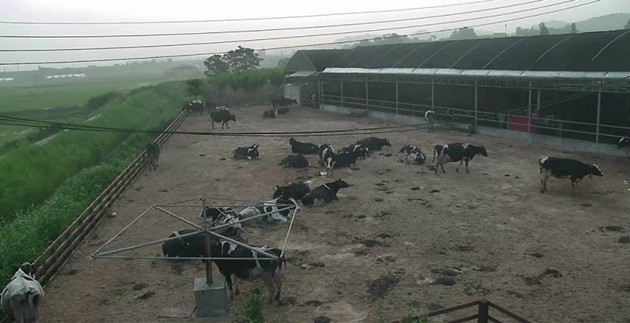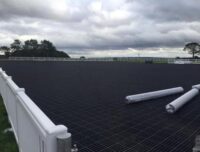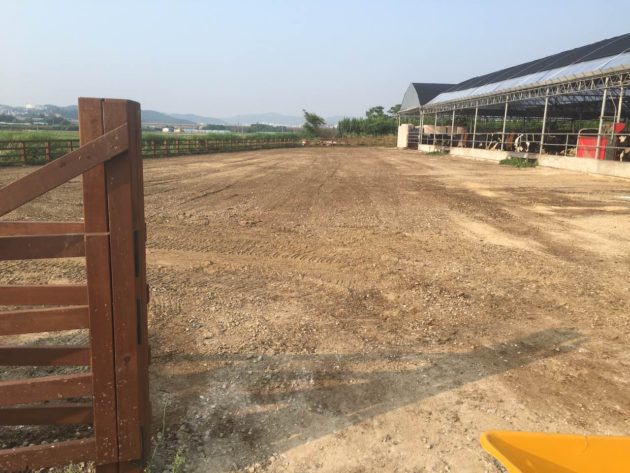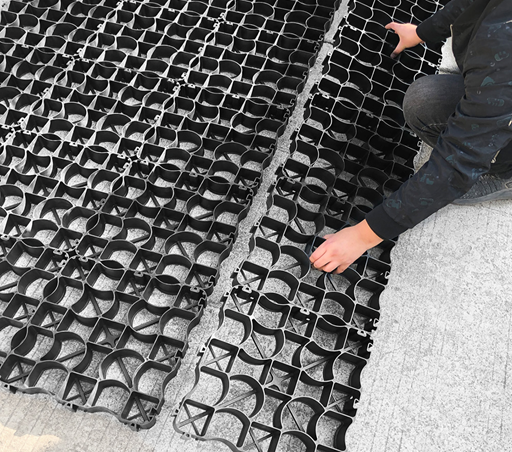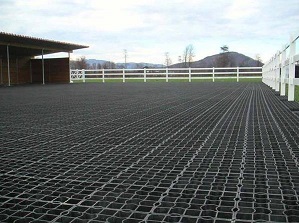How Does GS Hoof Grid Differ From Flexible Plastic Grid?
Many owners of stud-farm are plagued by several problems. They got tired of filling holes that dug by young horses. The ground could turn muddy and wet when spring is coming. What’s more, their horse could fall during training or just take a walk. Under such a circumstance, ground stabilization grid is a great choice for owners. There are a number of grids available which are mostly tailored especially to meet one or several use-cases and as always it’s great for customers to have choice. The stabilization grid could be roughly divided into 2 categories, flexible and rigid. Flexible here doesn’t mean flexibility for construction but their materials are retractable. So how could be distinguish when to use flexible grid and when to choose rigid one? The author is going to enumerate several differences between them.
1. Appearance
Here are two pictures of flexible grid and rigid grid (Our product-GS Hoof Grid), we can see clearly that flexible grid is soft enough to fold into a bundle, which is absolutely a great solution for saving shipping cost. Comparing with GS paddock grid which is made from 100% recycled HDPE, its flexibility and storage space is not comparable with flexible grid.
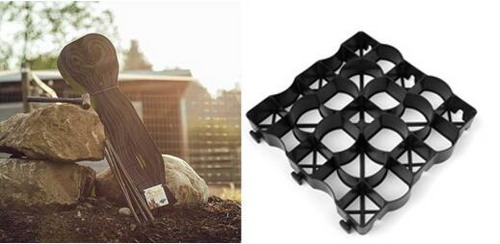
2. Function
Theoretically, they are both used as stabilization of muddy ground. This is the biggest difference between them. GS hoof grid can be filled with mud and gravel without any extend to ensure the stability of ground. In the meantime, it can prevent your horse from digging ground and infiltrate the water away from heavy rain.
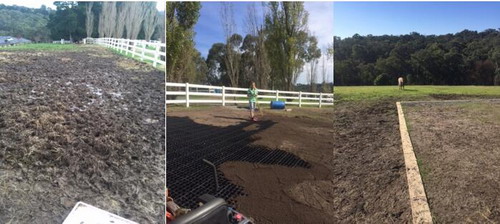
3. Cost
As far as I am concerned, the cost calculation between GS hoof grid and flexible grid has no obviously difference. They both need to be installed by manpower, but for further benefit, GS paddock would bring you more comfortable using experience.



